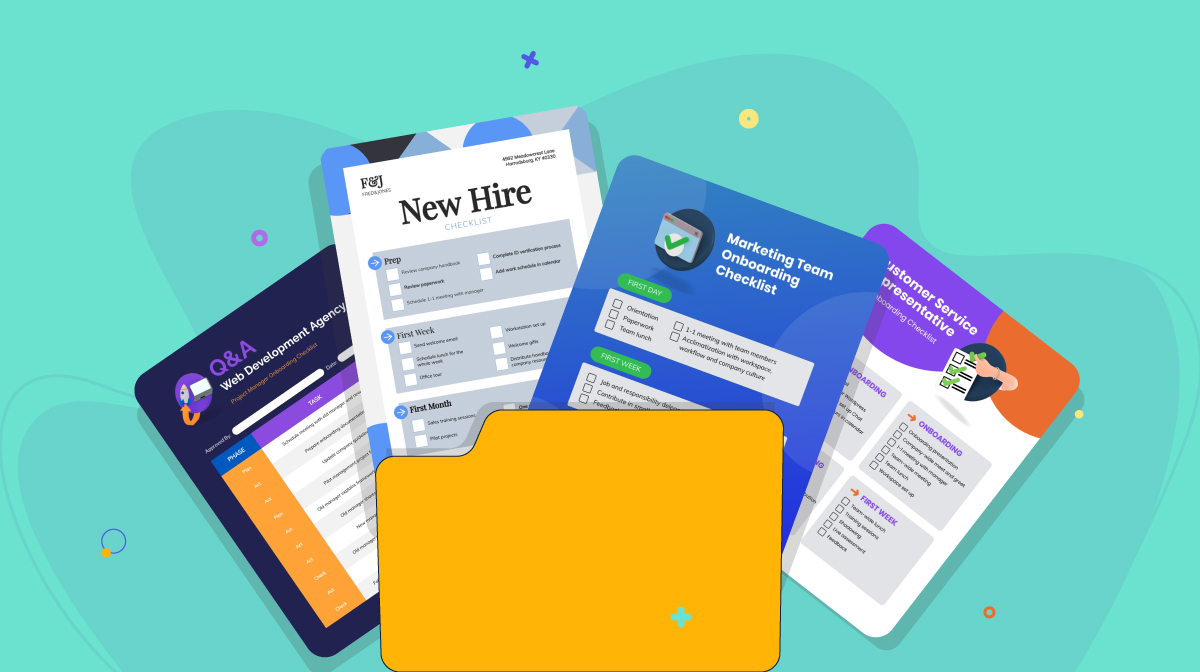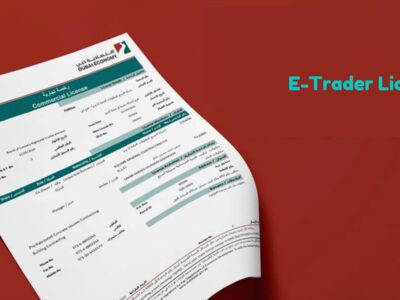Taking the step to hire your first employee is a significant milestone for any small business owner. It signifies growth, expansion, and the beginning of a new chapter. However, with this exciting step comes a set of responsibilities, especially concerning payroll. To help you navigate this process, here’s a comprehensive checklist to ensure you cover all payroll considerations when hiring your first employee.
-
Obtain an Employer Identification Number (EIN)
Before you can pay an employee, you need an EIN from the Internal Revenue Service (IRS). This number identifies your business for tax purposes. If you haven’t already obtained one, you can apply online on the IRS website.
-
Register with State Labor Department
Each state has its own requirements for employers. Ensure you register your business with your state’s labor department or equivalent agency to stay compliant with local regulations.
-
Set Up a Payroll System
Decide whether you’ll manage payroll in-house or outsource it to a payroll service provider. Consider factors like cost, time, and expertise when making this decision.
-
Understand Wage and Hour Laws
Familiarize yourself with both federal and state wage and hour laws. This includes understanding minimum wage requirements, overtime rules, and other compensation regulations.
-
Decide on a Pay Period
Will you pay your employees weekly, bi-weekly, semi-monthly, or monthly? The decision might be influenced by industry standards, cash flow considerations, or employee preferences.
-
Gather Employee Tax Information
Have your employee fill out the necessary tax forms, including the W-4 form, which provides information on federal income tax withholding.
-
Determine Other Deductions
Beyond taxes, other deductions might come out of an employee’s paycheck. This could include health insurance premiums, retirement contributions, or other benefits you offer.
-
Set Up Workers’ Compensation Insurance
Most states require employers to have workers’ compensation insurance, which covers employees in case of work-related injuries or illnesses.
-
Keep Detailed Records
Maintain thorough records of each employee’s hours worked, wages, deductions, and other relevant payroll information. This is not only essential for accurate payroll processing but also for compliance with record-keeping regulations.
-
Stay Updated on Tax Obligations
As an employer, you’ll need to withhold certain taxes from your employee’s paycheck and pay employer taxes. Stay updated on your federal, state, and local tax obligations, and ensure timely payment.
-
Provide Pay Stubs
Each time you pay your employee, provide a pay stub detailing their gross wages, deductions, and net pay. This can be a physical document or an electronic one, depending on your payroll system and state regulations.
-
Annual Reporting
At the end of the year, provide your employee with a W-2 form, which details their annual earnings and tax deductions. This is essential for their personal tax filing.
Conclusion
Hiring your first employee is an exciting venture, but it comes with its set of responsibilities, especially in the realm of payroll. By following this checklist, you can ensure that you meet all payroll considerations, keeping your business compliant and your new employee compensated correctly. Remember, a smooth payroll process sets the foundation for a positive employer-employee relationship, paving the way for future growth and success.














Comments